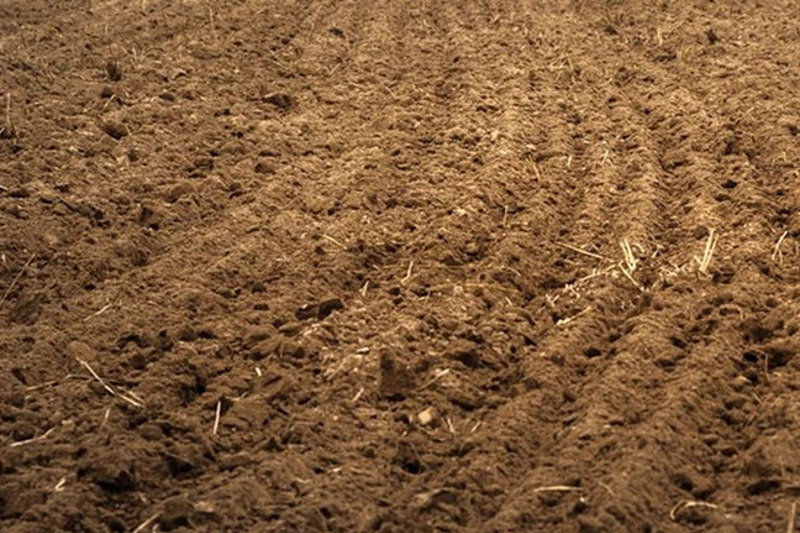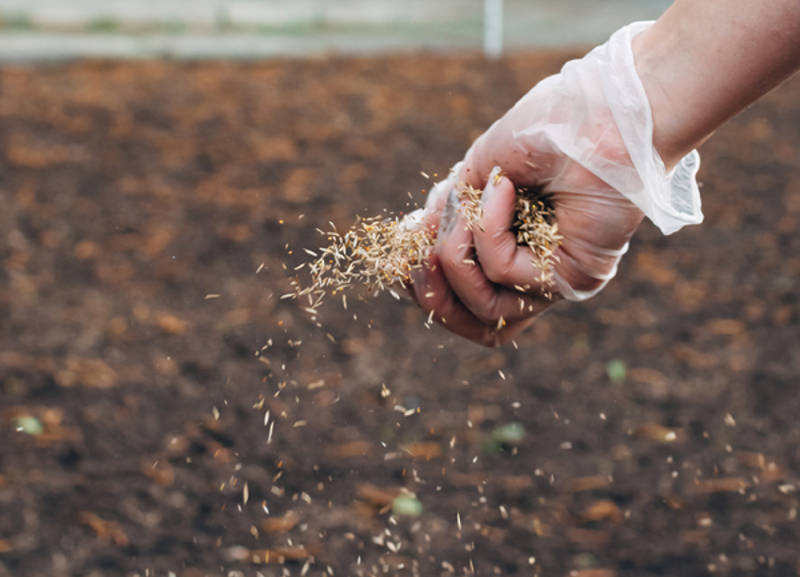Caring for Your Establishing Lawn
Fertilising a New Lawn
If you applied Yates Lawn Fertiliser for New Lawns at sowing time, the lawn won't need a repeat feed for 12 weeks. At that 3 month point, your lawn will really benefit from a second application of Yates Lawn Fertiliser for New Lawns, as the seaweed bio-stimulant, humic acids and trace element ingredients are tailored to encourage the beneficial microbial community that supports healthy grass.
For ongoing feeding after the first 6 months, regular light fertilising during the growing season will give you much better results than infrequent, heavy fertilising. Use a good-quality balanced fertiliser on established lawns. Our go-to option is Yates Lawn Fertiliser Quarterly, a premium granular lawn food designed to give you a strong, green & healthy lawn. The concentrated formula feeds more, for longer (12 weeks), using less!
Alternatively, Yates Dynamic Lifter Organic Lawn Food is a gentle organic fertiliser, that feeds all lawn types and improves the structure and moisture retention of the soil.
Mowing a New Lawn
Hold off mowing after sowing a new lawn for as long as you can bear it! Set the mower to its highest setting for the first mow and decrease it gradually over successive mows. A rule of thumb is to never cut off more than 1/3 of the grass length.
Once established, mow ryegrass or fescue blends to a height between 3cm and 5cm. For warm season grasses (e.g. kikuyu), cut to 2.5 cm. The trick is to cut as frequently as possible, but remove as little growth as possible.
Never mow grass too low or ‘scalp’ the lawn. Grasses need maximum leaf area to produce nutrients for the plant and to shade the root system. In fact, during hot weather it's best to let the lawn grow a little longer than usual, to reduce stress.
Blunt mower blades make a poor job of cutting and will rip and tear new grass. If you look at the ends of mown grass leaves, you’ll notice little strings of fibre on the cut end where it's frayed and damaged. That’s a signal you’re overdue for sharpening your blades! Sharp mower blades make a cleaner cut and cause less stress to the grass, which helps it recover faster.
Never mow a wet lawn; it tears grass just as badly as a blunt blade.
It's best to remove grass clippings after mowing, or use a mulching mower.
Weed-spotting
While establishing your new lawn you'll most likely get some weeds appearing, but don't be too alarmed. Annual weed seeds are everywhere, and they'll often germinate alongside your new grass. These opportunist weeds sometimes die out on their own, or you can control them (if you wait about 12 weeks after sowing) with an application of Yates Turfix, using the label dilution rate and directions for new lawns (less than 6 months old).
Watering Lawns
Some lawns require more watering, depending on the situation and soil type. As a rule, cool season grasses (most popular in NZ) need consistent moisture. Fescue species need the most pampering, but the payoff comes in the form of an immaculate 'bowling green' lawn. Ryegrass species are a little more forgiving - Yates Tuff Grass lives up to its name and is reasonably drought tolerant.
Yates Kikuyu is our most drought tolerant grass variety. It's most often used where nothing else will grow; coastal areas that are predominantly sand, or where consistent heat and low moisture make it difficult to grow other types.
Water in the morning, rather than the evening and give thorough, less frequent soakings instead of short, frequent waterings. Don’t allow surface runoff.





























Share
Share this article on social media